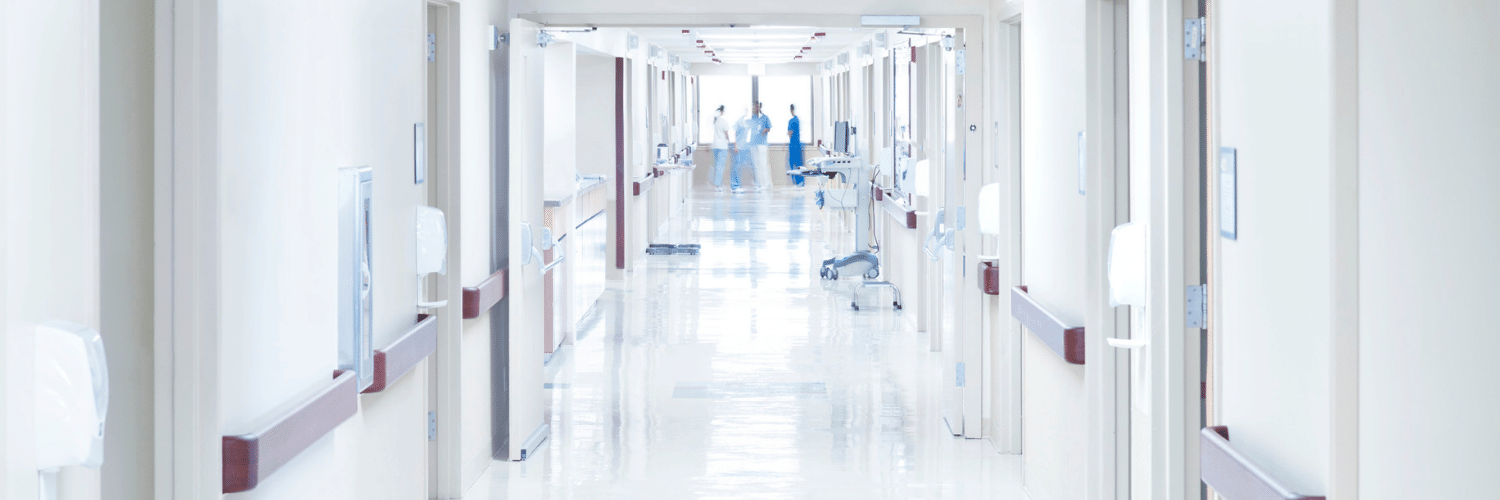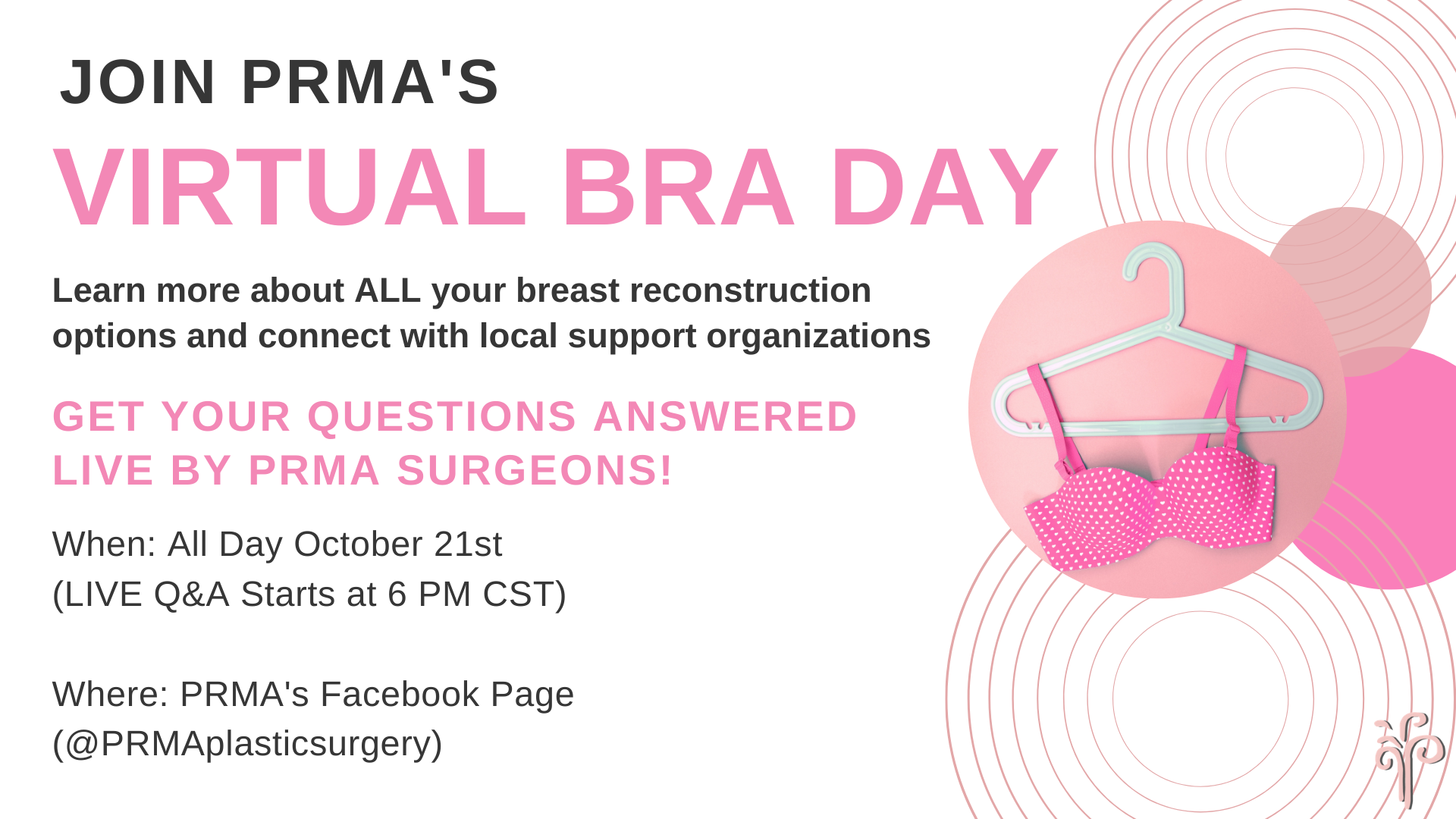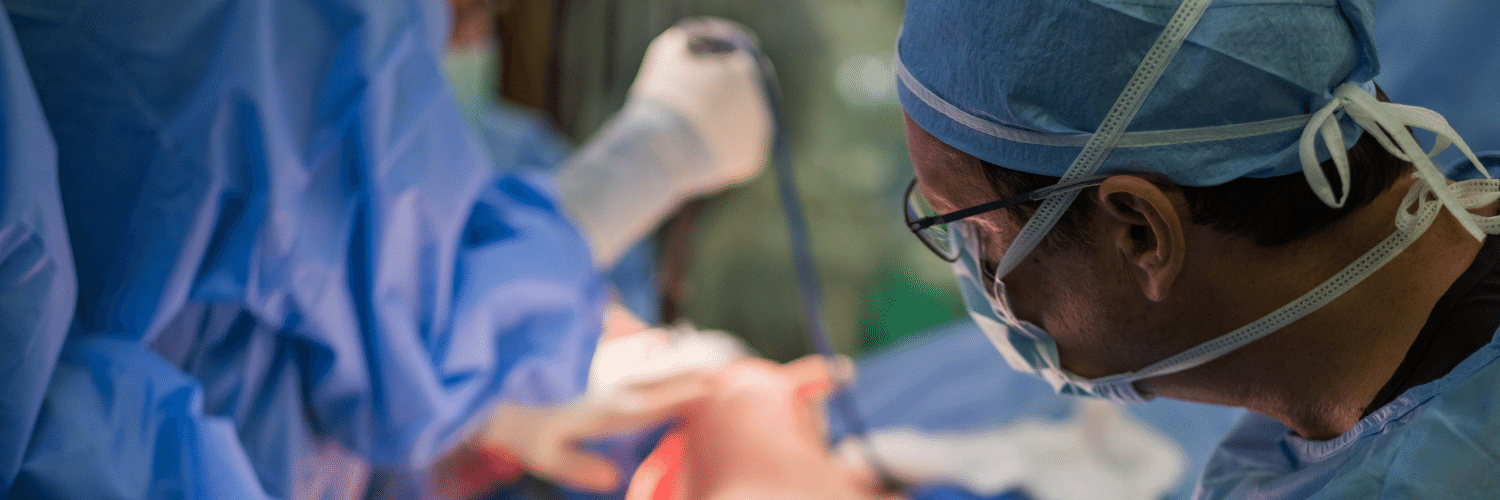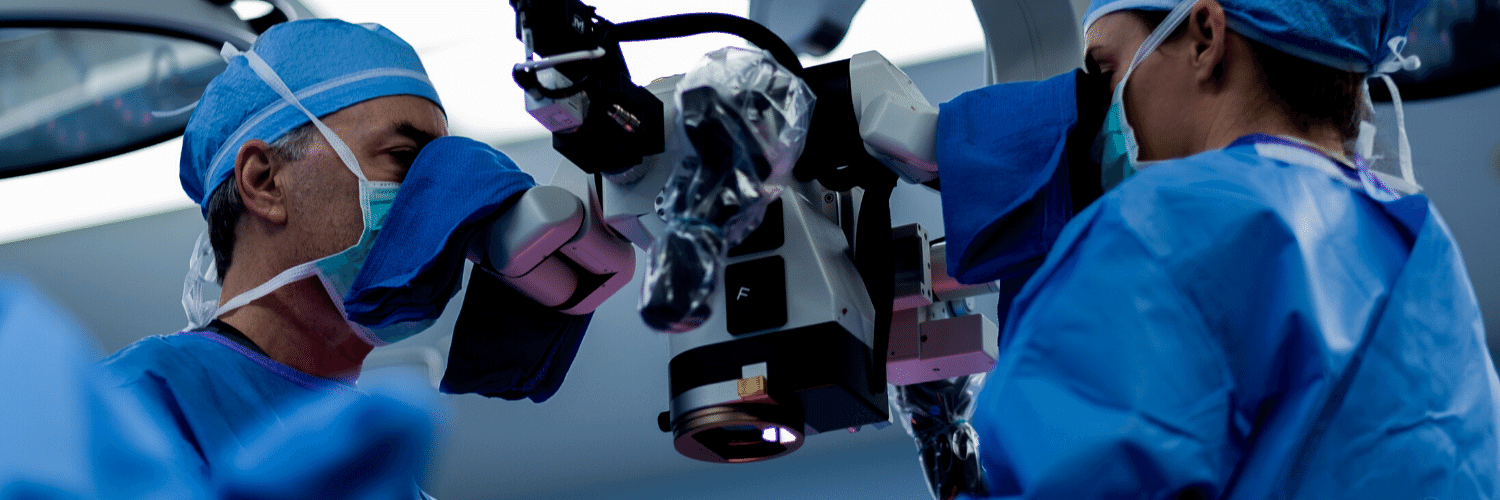
A study presented at the 2020 San Antonio Breast Cancer Symposium reported that women with breast cancer may be at a high risk of developing a chronic opioid addiction following mastectomy and reconstructive surgery. According to the study, the risk of addiction seemed to increase with age and certain breast cancer treatment therapies like chemotherapy, prior substance abuse, and underlying mental health conditions.
Prior studies have also suggested that up to 10% of patients continue to fill opioid prescriptions for up to three months following cancer surgery, but opioid use after mastectomy with reconstruction had not previously been studied.
The study used a health care claims database called MarketScan to analyze 107,725 women who had a mastectomy with breast reconstruction surgery between 2008 and 2017. They reviewed the women in three separate categories. Women who had received prescriptions for opioids, benzodiazepines, and non-benzodiazepine sedatives or hypnotics 1 year to 1 month before to surgery, 1 – 3 months after surgery, and 3 months to a year after surgery. Women who had not used the above-mentioned drugs before surgery but filled a minimum of one prescription within the three months after surgery and two or more prescriptions following the third month after surgery were characterized as new persistent users.
The results of the study showed 13.1% of patients because a new persistent opioid user following a mastectomy and reconstructive surgery. 6.6% of patients also because persistent users of drugs classified as sedative-hypnotic drugs. Shockingly, this mean about 1 in every 5 patients who undergo a mastectomy with breast reconstruction are still taking narcotics after a year.
At PRMA, patient comfort is one of our top priorities. But so is quality of life following surgery! To reduce patient pain and the risk of chronic opioid use after reconstructive surgery, we have implemented our ERAS (Enhanced Recovery After Surgery) protocol. This protocol is specifically designed to decrease patient pain and the use of opioids. Thanks to our ERAS protocol a combination of Celebrex, low-dose gabapentin, and extra-strength Tylenol are typically all our patients need to control their post-operative discomfort after leaving the hospital. Narcotics are usually only used for break-through pain during the first few post-operative days. We have found since implementing our ERAS protocol, narcotic drugs are rarely necessary beyond the initial post-operative period.
We strongly encourage patients seeking breast reconstruction following a mastectomy to ask their surgeon if they follow an ERAS protocol.
Authors: Dr. Minas Chrysopoulo and Courtney Floyd
At PRMA, patient comfort is one of our top priorities. But so is quality of life following surgery! To reduce patient pain and the risk of chronic opioid use after reconstructive surgery, we have implemented our ERAS (Enhanced Recovery After Surgery) protocol.











No Comments